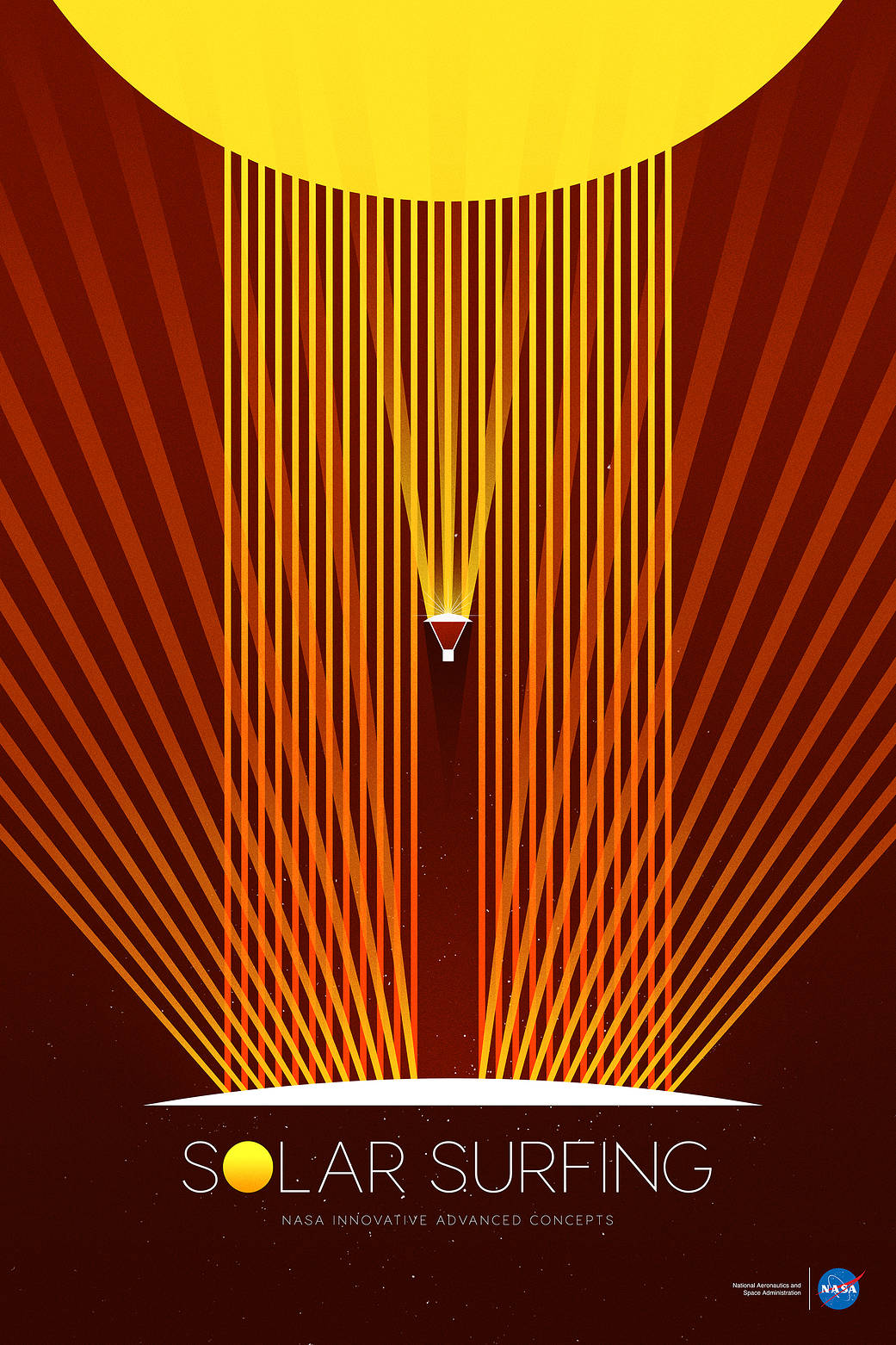Solar Surfing is an early-stage NASA study to support potential future missions that could travel closer to the Sun’s surface than ever before.
Today, NASA and its partners have a fleet of spacecraft studying the Sun. Since launching in 2018, Parker Solar Probe set a record as the closest spacecraft to the Sun. Of great interest to heliophysicists – scientists who study the Sun and its impact on the complex space weather system surrounding Earth, which can impact our technology in space – is the solar transition region, a very thin layer near the Sun’s surface. Parker Solar Probe will come as close as 4 million miles from the Sun’s surface, but spacecraft will need to get to within 500,000 miles to study the transition zone.
In this zone, temperatures start at a “cool” 10,000 degrees Fahrenheit near the Sun’s surface and dramatically increase to about 1.8 million degrees Fahrenheit as you move away from the surface. That is like walking away from a fireplace, and it becomes considerably hotter.
The NASA Innovative Advanced Concepts (NIAC) program funds a study by a team at NASA’s Kennedy Space Center in Florida to further research a novel, highly reflective coating for a solar shield that could allow spacecraft to approach the Sun close enough to investigate this exciting region – about 500,000 miles from the surface. The better heliophysicists understand the Sun and how it generates energy, the better they can make predictions of the Sun’s effect on our planet – and improve our everyday communications, electronics, and transportation.




























